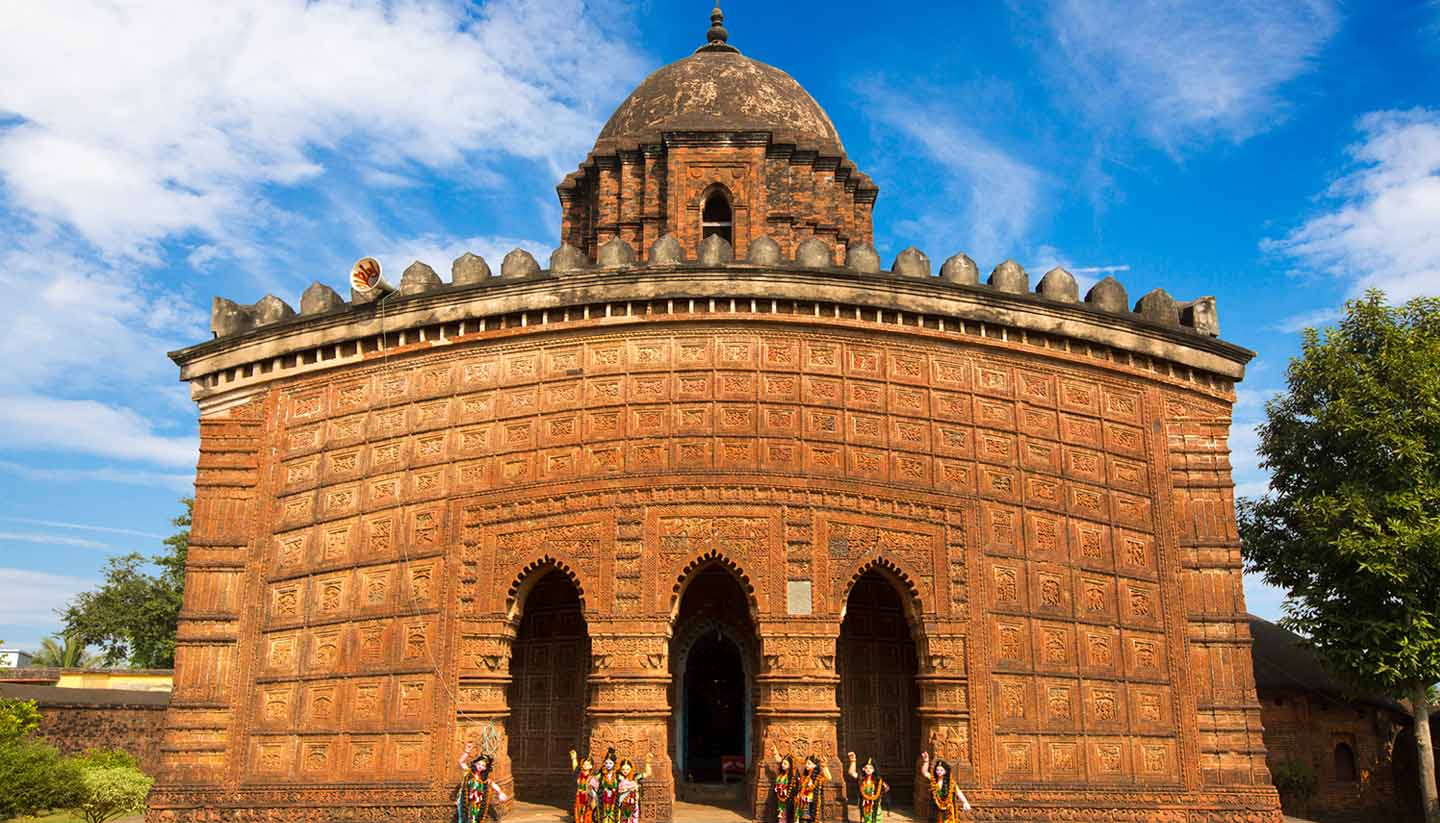Bangladesh History, Language and Culture
History of Bangladesh
Bangladesh's story is one of resilience, creativity and cultural richness shaped by centuries of migration and empire. The Bengal region was once a centre of learning and trade, famed for its muslin textiles and vibrant river-based civilisation. Over time it came under Buddhist, Hindu and Muslim rule, followed by the Mughal Empire, which left a lasting legacy in art, architecture and cuisine.
In the 18th century the British East India Company established control, and Bengal became a major hub of colonial administration. After the end of British rule in 1947, the region became East Pakistan, geographically and culturally separated from West Pakistan by more than 1,500km. Tensions over language, identity and political rights eventually led to the Bangladesh Liberation War of 1971, a pivotal and traumatic struggle that resulted in the birth of an independent Bangladesh.
Since then, the country has grown into a dynamic, youthful nation known for its bustling cities, river landscapes and rich artistic traditions. Visitors can see echoes of its layered past in the tea estates of Sylhet, the archaeological sites of Paharpur and Mahasthangarh, and the historic streets of Old Dhaka. Today's Bangladesh blends deep-rooted heritage with a modern outlook, offering travellers a fascinating window into South Asia's cultural crossroads.
Did you know?
• Bangladesh is home to the world's largest mangrove forest, the Sundarbans, a UNESCO World Heritage Site shared with India and famous for its elusive Bengal tigers.
• The country has one of the densest river networks on Earth, with more than 700 rivers weaving through its landscape and shaping daily life, transport and agriculture.
• Cox's Bazar in southeastern Bangladesh boasts one of the longest natural sea beaches in the world, stretching for over 120km along the Bay of Bengal.
Bangladesh Culture
Religion in Bangladesh
90% Muslim, 9% Hindus and 1% Buddhist and Christian minorities. Religion is the main influence on attitudes and behaviour. Since 1988, Islam has been the official state religion.
Social Conventions in Bangladesh
In someone's home it is acceptable to sit crossed-legged on cushions or the sofa. If a visitor wishes to bring a gift, money must not be given as it may cause offence. Religious customs should be respected by guests. There are severe penalties for possession and trafficking of illegal drugs. Some drugs-related offences are punishable by death. Local women should not be specifically photographed unless it is certain that there will be no objection. Women should wear trousers or long skirts; revealing clothes should be avoided, particularly when visiting religious places. Dress is generally informal for men, though modesty must be maintained. Same-sex relations are illegal.
Photography: In rural areas, people are becoming more used to tourists; however, permission should be requested before photographs are taken of individuals. Do not photograph military installations.
Language in Bangladesh
The official language is Bengali (Bangla). English is widely spoken, especially in government and commercial circles. Tribal dialects are also spoken.

